Integrating Energy and Equity in High School Physics
From Motion Tracking to Transportation Justice
Purpose: Introduce mechanics concepts to 9th/10th grade students through the lens of transportation justice. Students will * Learn about ways to represent motion and measure speed, velocity, and acceleration. * Gather data on their journeys to school. * Create motion diagrams and graphs of commutes, compare different transit modes. * Discuss resources required, equity issues of resource access, and the impact of their use. * Investigate opportunities for local advocacy around transportation policy. * Tell the energy story of transportation. * Explore kinetic and potential energy by building model cars with different energy sources.
Please LOGIN or REGISTER* to view this content
*To protect instructors' privacy and the security of answer keys, you must register for the Energy and Equity Portal and verify that you are an educator
Energy and Equity Portal
Welcome to our community and collection of high-quality materials for
integrating energy and equity in high school physics.
Featured materials
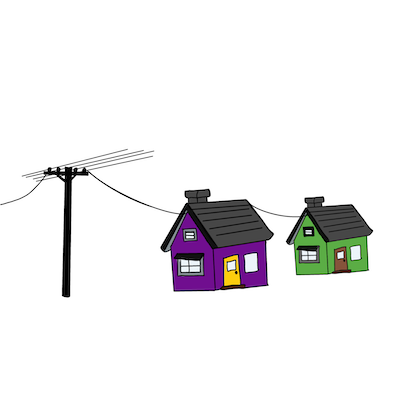
Electricity in Our Communities Assignment
An assignment to connect electricity generation to students' lives. Students investigate where the electricity in their home comes from.
Backtracking Your Personal Energy Use
A research project in which students explore the scientific, geographical, and anthropological legacy of an energy resource they depend on.

A Unit on Place-Based Energy Production and Impacts
A unit in which students research energy resources, analyze a local power plant, think critically about impacts, and engage in advocacy.
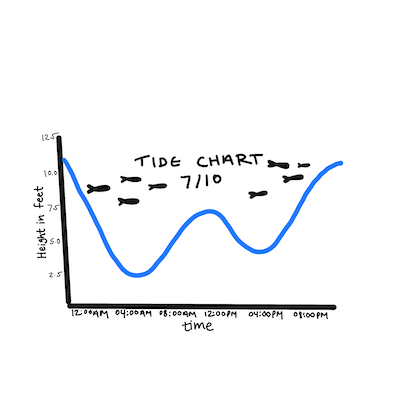
Kinematics - Tides & Indigenous Fishing Technologies
Conceptual questions using position and velocity graphs to compare the sustainability of industrial and indigenous fishing technologies.

From Motion Tracking to Transportation Justice
An introductory mechanics unit in which students track and analyze their journeys to school and explore energy and equity in transportation.

Heart Health and Microaggressions
1D kinematics problem and reading. Students calculate how far blood moves in a heartbeat and reflect on how microaggressions impact health.
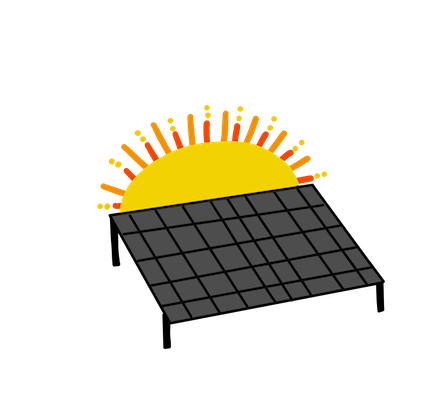
Solar Panels and Energy Sovereignty
Homework questions about how solar panels generate energy to power homes and how Indigenous people use them to pursue energy sovereignty.
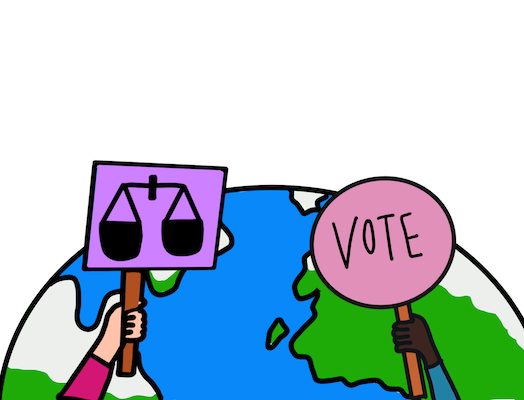
Energy Generation and Environmental Justice Unit
A unit in which students debate types of energy generation, research and present on local environmental justice issues, and take action.
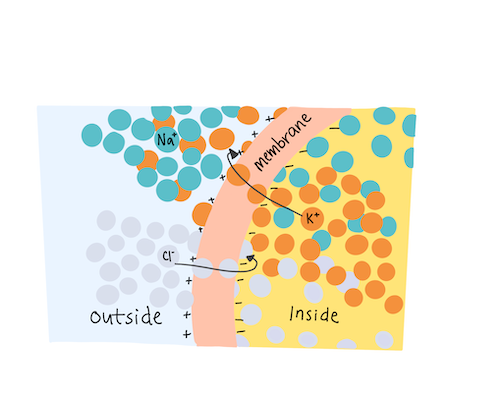
Skin Voltage and Wound Healing
Homework question in which students analyze how wound healing depends on electrical properties of skin and varies among demographic groups.
Search our Library
ABOUT THE ENERGY AND EQUITY PORTAL
Energy is a foundational concept of physics and plays an integral role in a web of sociocultural realities, economic issues, and public policies. The Energy and Equity Portal supports high school teachers in teaching a robust model of energy, grounded in the NGSS, and also intentionally constructed to support engagement with current sociopolitical issues.
Using the resources and community provided in the Portal, teachers explore energy learning as a means for promoting discussions of energy justice and energy equity globally and in our local communities. By developing a model of energy in physics that is fully aware of how science is sociocultural, teachers and students create science concepts informed by their cultural worlds and educational priorities. Check out the classroom-ready teaching tools and enjoy a dynamic and compassionate professional learning community!
REGISTER
Register for the Energy and Equity Portal and enjoy the benefits of membership: